Less Wood for More Charcoal: How women are leading the charge for sustainable charcoal in Kenya
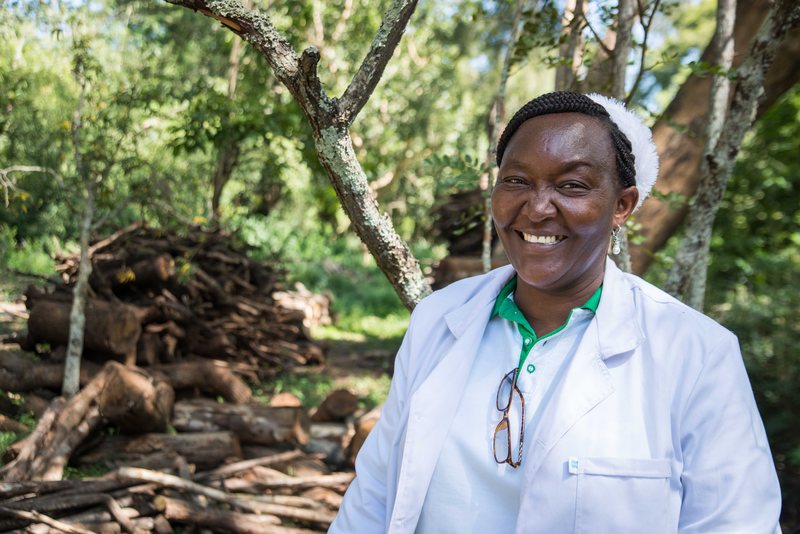
As both a primary energy source and employer, it’s clear that charcoal is important to Kenyan life. But it also is the largest single contributor of forest degradation and causes high levels of carbon emissions. That’s why TNC partner KEFRI is researching how to make charcoal production more sustainable.
Read more
Related articles for further reading
As both a primary energy source and employer, it’s clear that charcoal is important to Kenyan life. But it also is the largest single contributor of forest degradation and causes high levels of carbon emissions. That’s why TNC partner KEFRI is researching how to make charcoal production more sustainable.
By: Carrie Krueger, Director of Marketing, Washington Chapter, TNC
Approximately 175 kilometers and three hours east of Nairobi, you’ll find yourself in the small town of Kitui, home to Kenya Forestry Research Institute (KEFRI).
Here, in a campus-like laboratory setting, Research Scientist Emily Kitheka is leading efforts to tackle one of the biggest drivers of forest degradation and pollution contribution in Africa: lack of sustainable fuel for cooking.
The goal according to Kitheka: “Improved technology using less wood resources for more charcoal.”
Charcoal is the key source of energy for 82 percent of urban and 34 percent of rural households in Kenya. Not to mention, the industry employs nearly one million people, supporting nearly two million dependents. If current trends continue, charcoal consumption is expected to rise 65 percent from 3.1 to 5.1 million tonnes (Mt) by 2030.
As both a primary energy source and employer, it’s clear that charcoal is important to Kenyan life. But it also is the largest single contributor of forest degradation in the region and causes high levels of carbon emissions. That’s why Nature Conservancy partner KEFRI is researching how to make charcoal production a more sustainable enterprise for both producers and consumers.
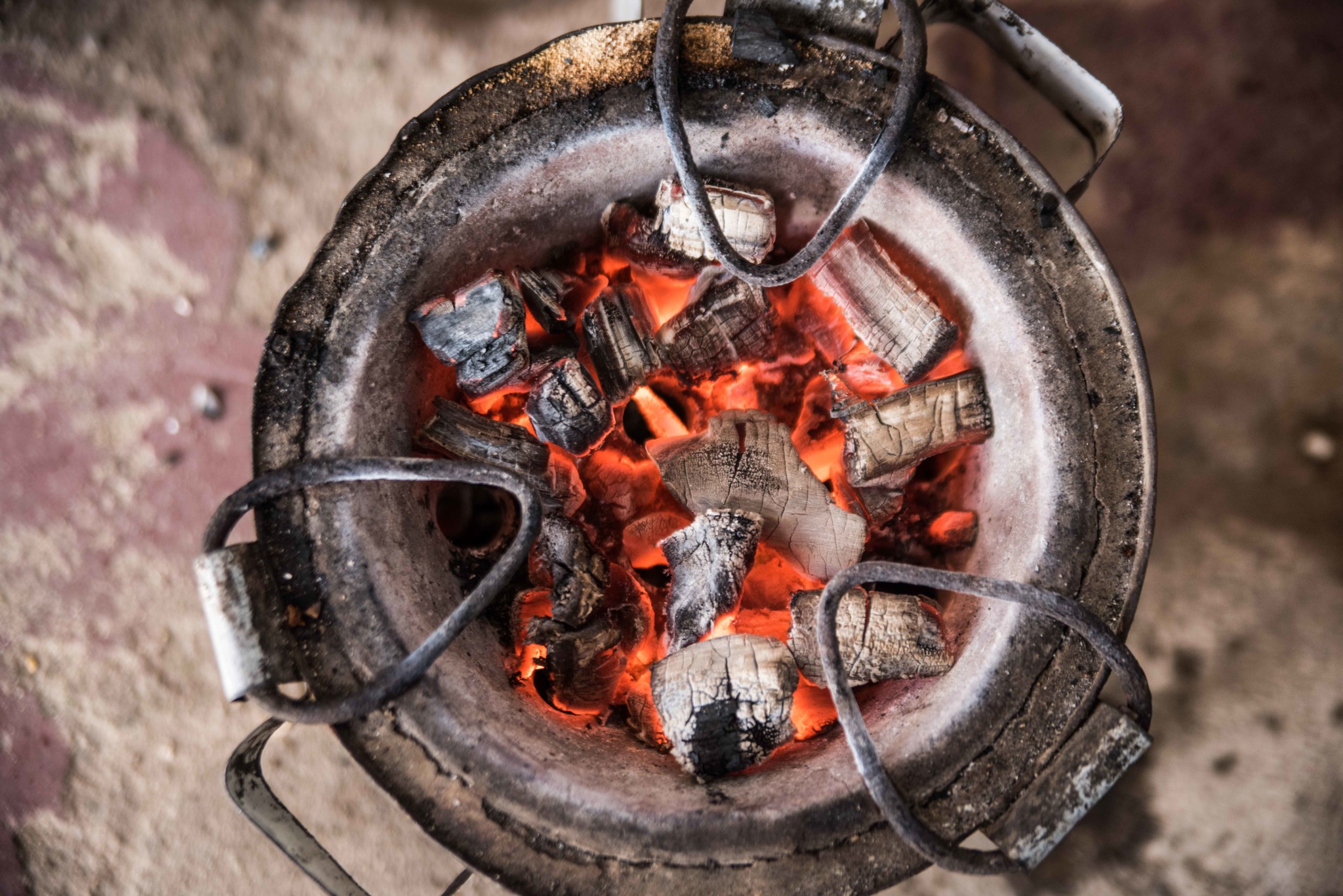
Charcoal is the key source of energy for Kenya’s urban population. Not only is it the traditional way to cook, but many Kenyans will also tell you it makes food taste better. In this part of the world, charcoal is produced from trees growing in many different landscapes – forests, woodlands, grasslands, farmlands, and some plantations.

Funded with support from The Nature Conservancy (TNC), KEFRI scientists are testing a variety of tree species in several types of kilns, which carbonize wood into charcoal to determine which combination creates the most sustainable and efficient charcoal. This research could help Kenya reach its 10 percent Vision 2030 tree cover goal by encouraging tree and bamboo planting, as well as sustainable woodland management for particular species and avoiding others.

Emily Kitheka is working hard to answer the question: How do we get more heat from fewer trees? It currently requires 19.2 Mt of wood to make charcoal, and this is expected to rise to 31.6 Mt by 2030, though can be much reduced by fuel switching and efficiency improvements. As Emily leads in exploring new technologies, her team is experimenting with more efficient charcoal creation through improved kiln technology. Success could mean less pressure on natural forests.
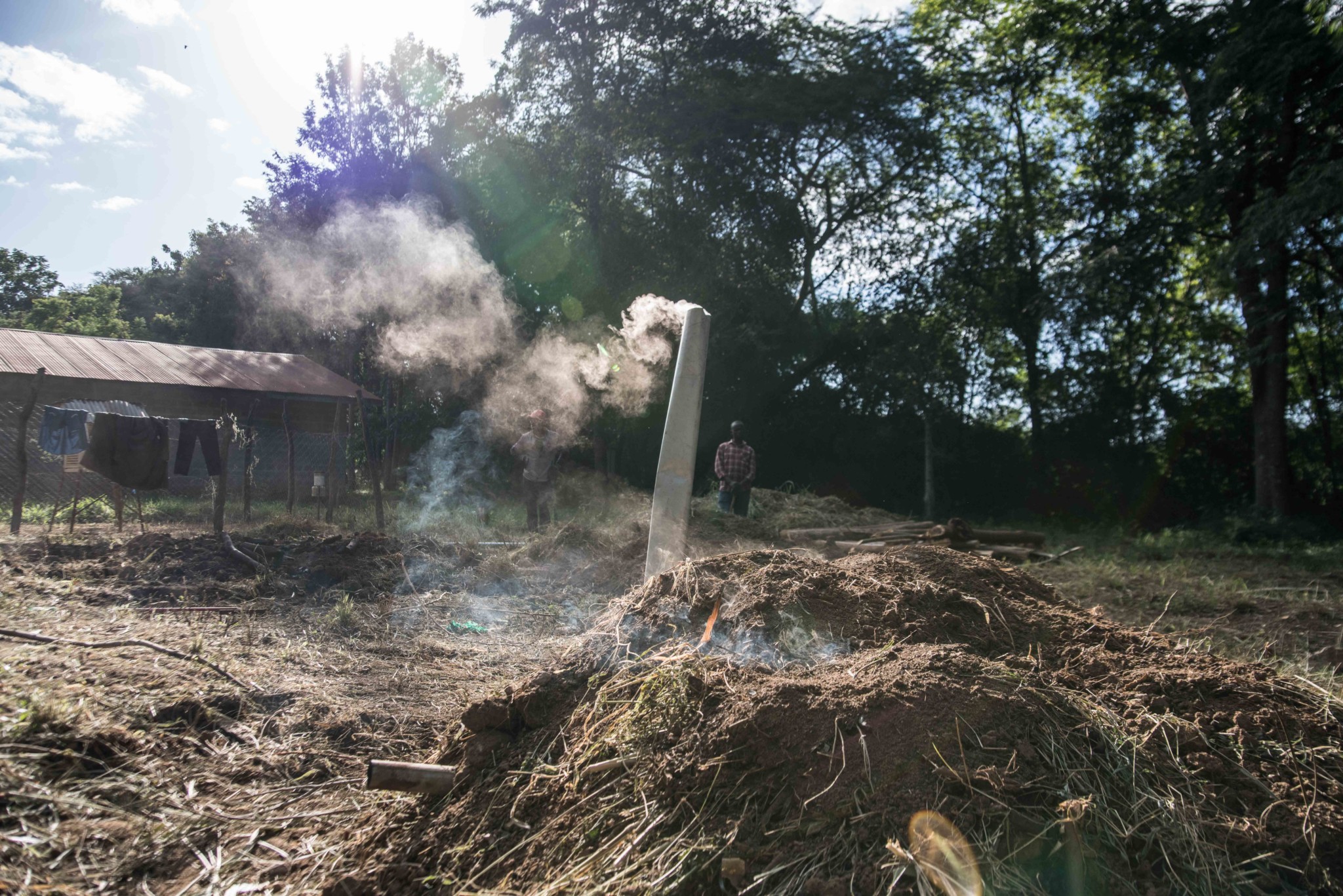
Traditional earth kilns have been widely used for centuries, but they are inefficient at converting wood to charcoal and create a lot of air pollution in the process. Often poorly constructed, earth kilns require around 10 tonnes of wood to produce 1 tonne of charcoal. Simple improvements in earth kilns can double this output. KEFRI is experimenting with vents like these to see if the right kind of air input and chimney diminishes the pollution and increases the output of charcoal. This would be an inexpensive solution for communities that can’t afford more sophisticated kilns. Improved kilns including metal or drum kilns are also being tested. More efficient kilns would require only 0.05 hectares to product the same quantity of charcoal.
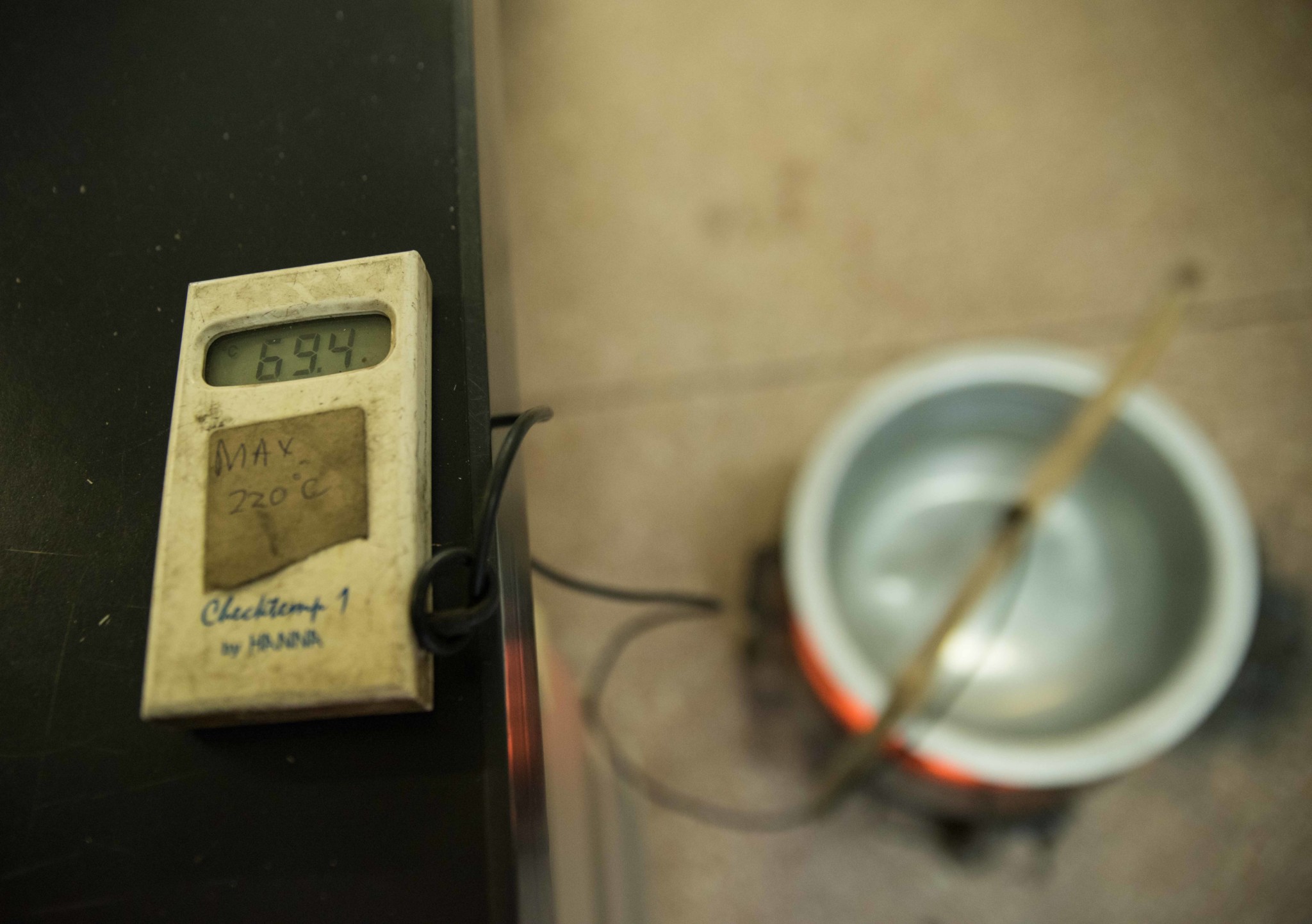
Charcoal from different tree species can be quite varied. Traditionally, wood that produces heavy charcoal has been favored. KEFRI’s science team is determining how charcoal produced from exotic and indigenous trees compare in their ability to quickly and efficiently boil water. There are a number of both indigenous and exotic species which can be managed sustainably to produce charcoal sustainably on a large scale. A sustainable and formalised charcoal industry, using the best silvicultural practices and kiln technologies as recommended by KEFRI, would provide economic livelihoods for producers, reduce greenhouse gas emissions and encourage the planting and conservation of trees for carbon sequestration.
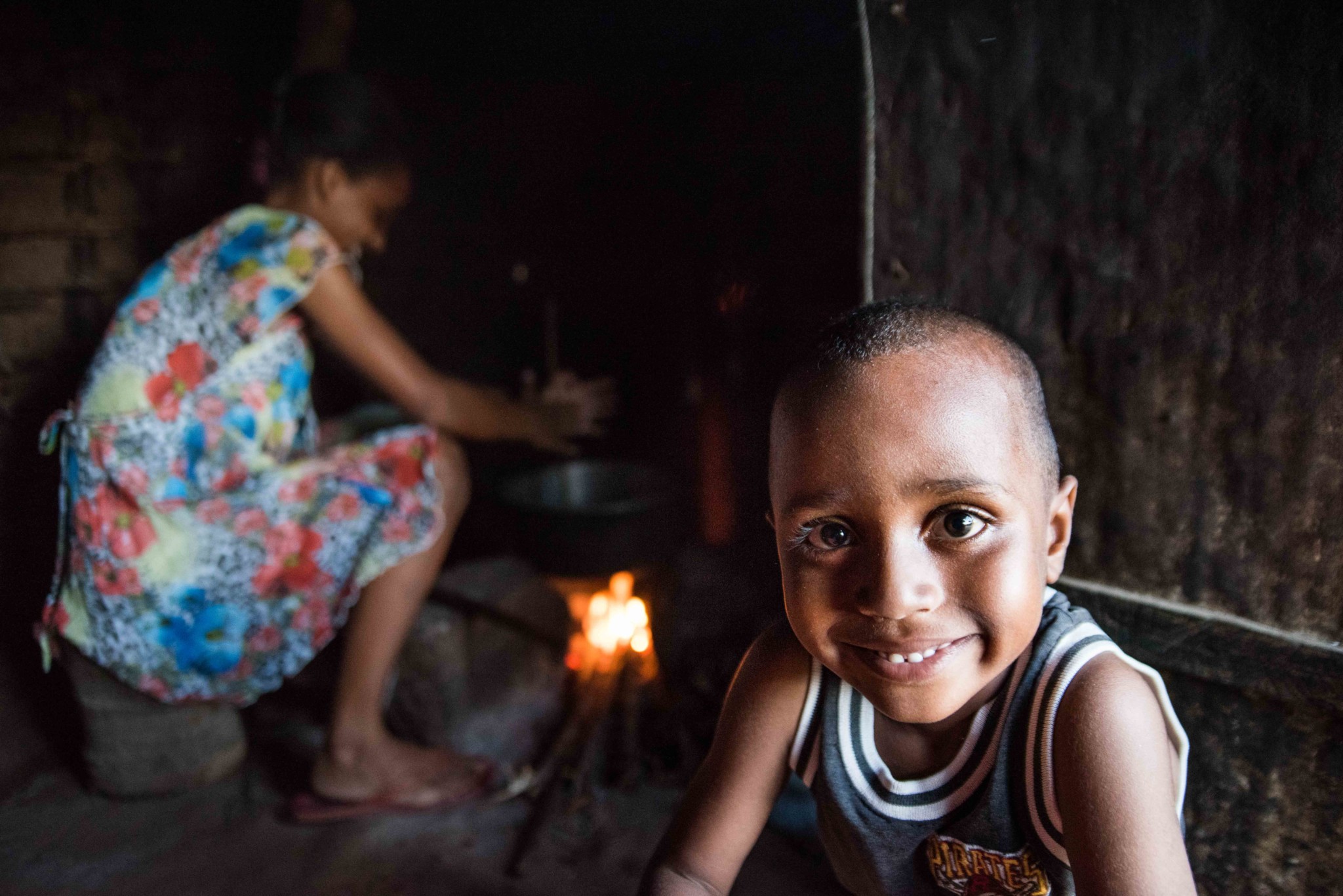
Across Kenya, women face the biggest challenges related to charcoal, including the health impacts of indoor burning and the need to travel great distances each day to gather wood.
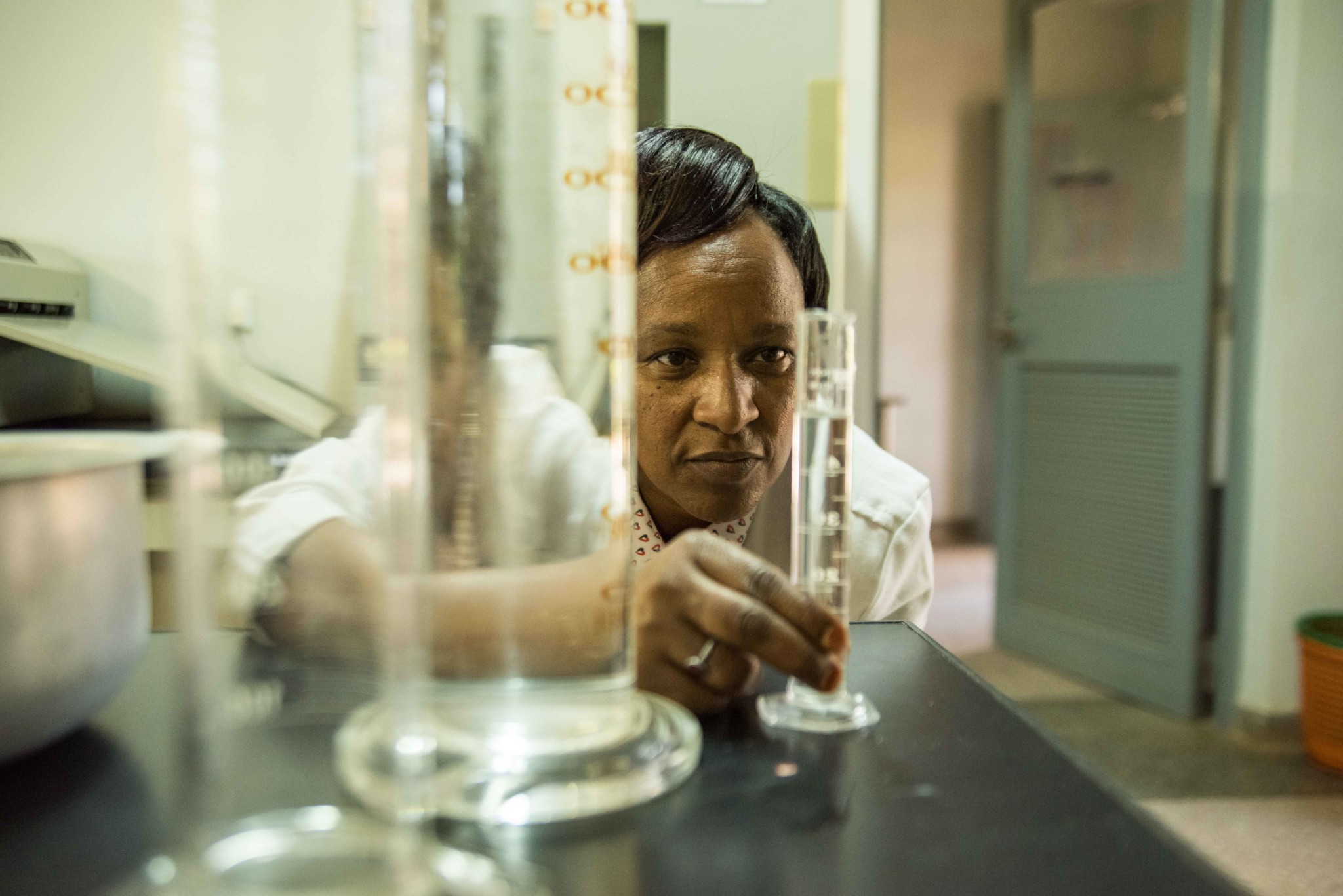
At KEFRI, women are leading the way in finding solutions through science and innovation. The scientists here and at TNC believe that when combined with new tree planting and efficient energy conversion, charcoal production can create significantly less forest loss than it does now.
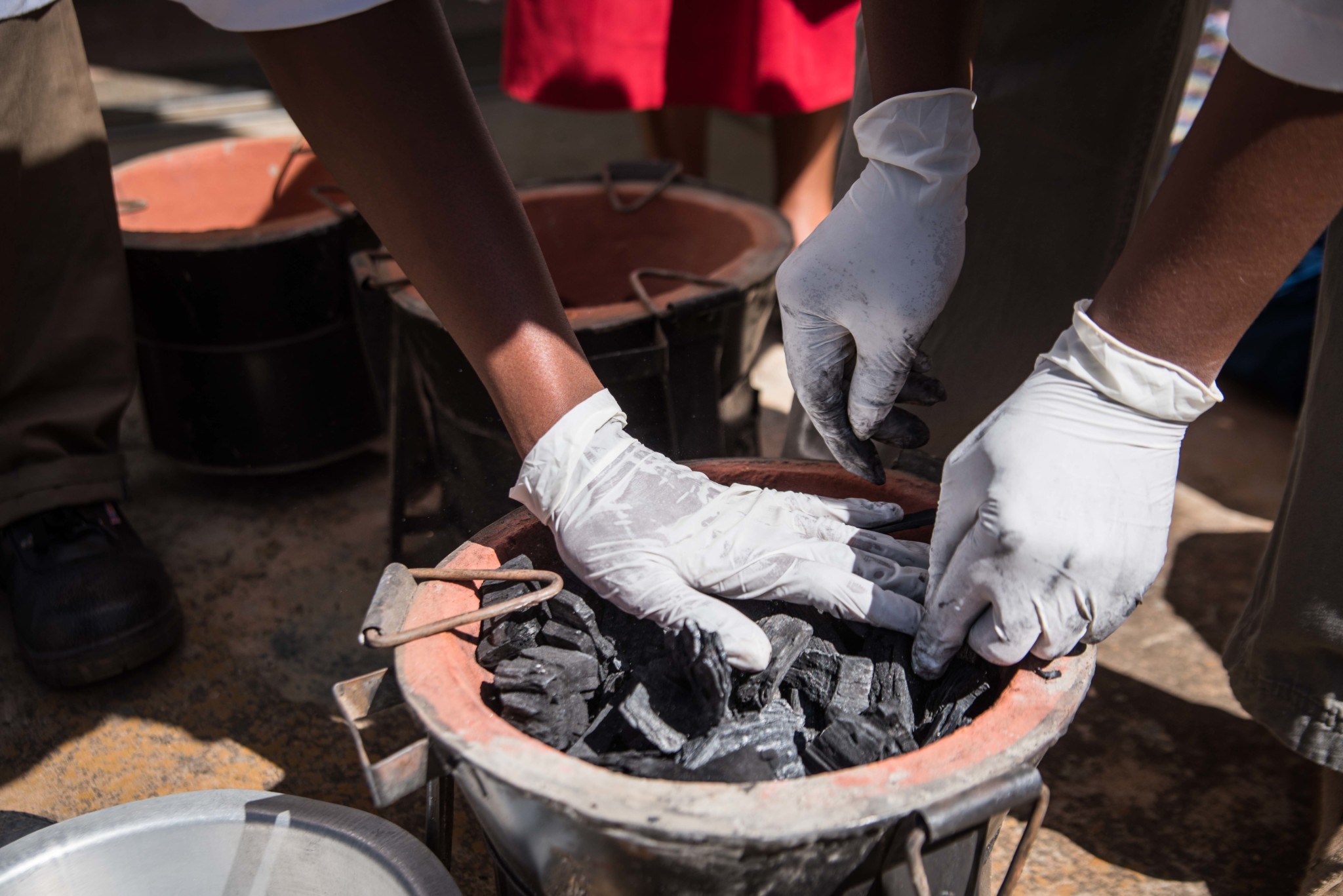
Recognizing that indoor burning creates health hazards, much of the research at KEFRI is done outside. Traditional woodstoves are carefully loaded with different types of charcoal before being put to the test. Time and temperature are meticulously tracked.
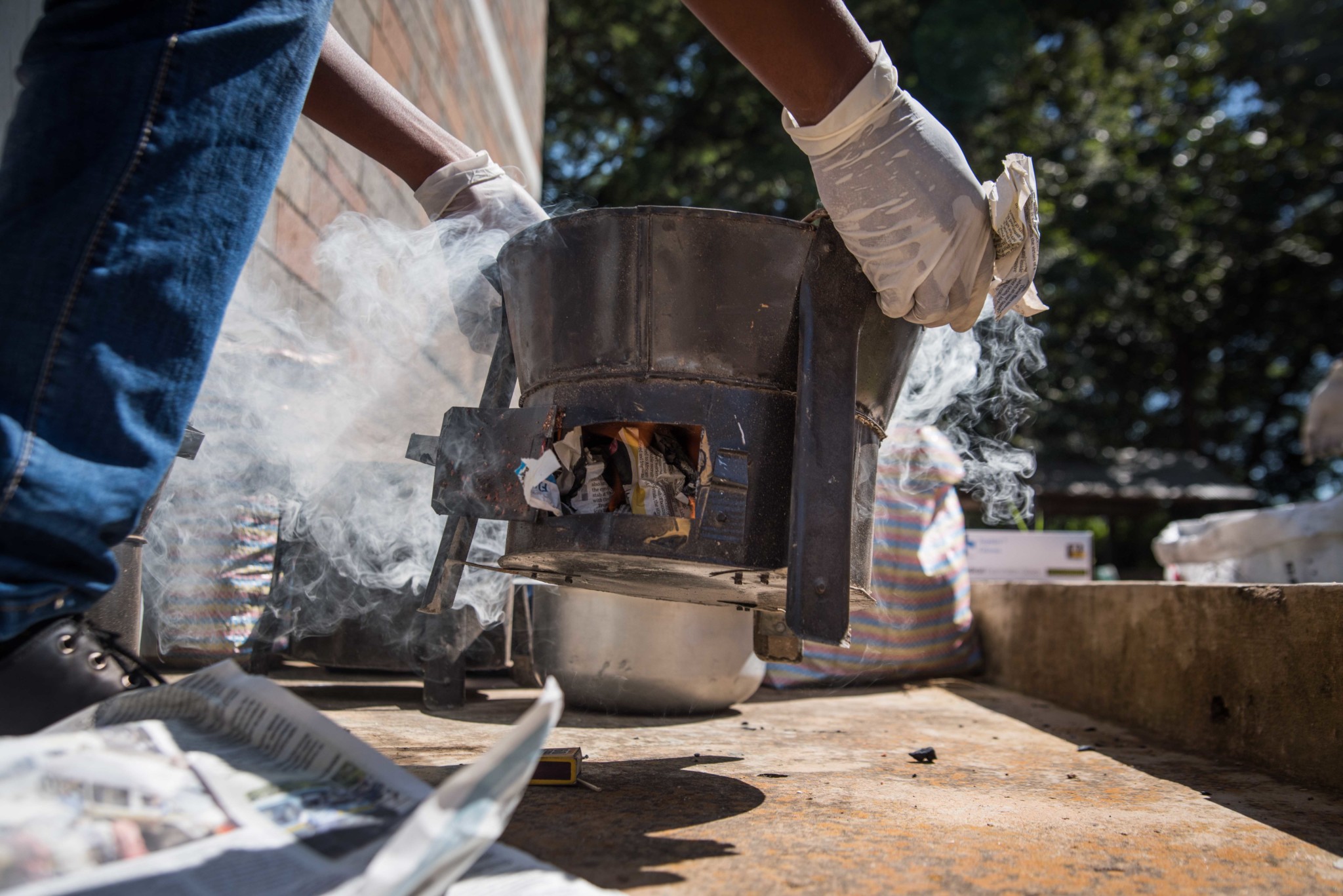
In addition to the health burden from inhaling smoke while cooking over charcoal, producing and consuming charcoal also releases chemicals like carbon dioxide and methane – some major contributors to global climate change. KEFRI is conducting studies to determine which carbonization technologies and tree species emit less “black carbon” when both turned into charcoal and burned as charcoal. Adoption of less polluting technology would benefit both health and the climate.
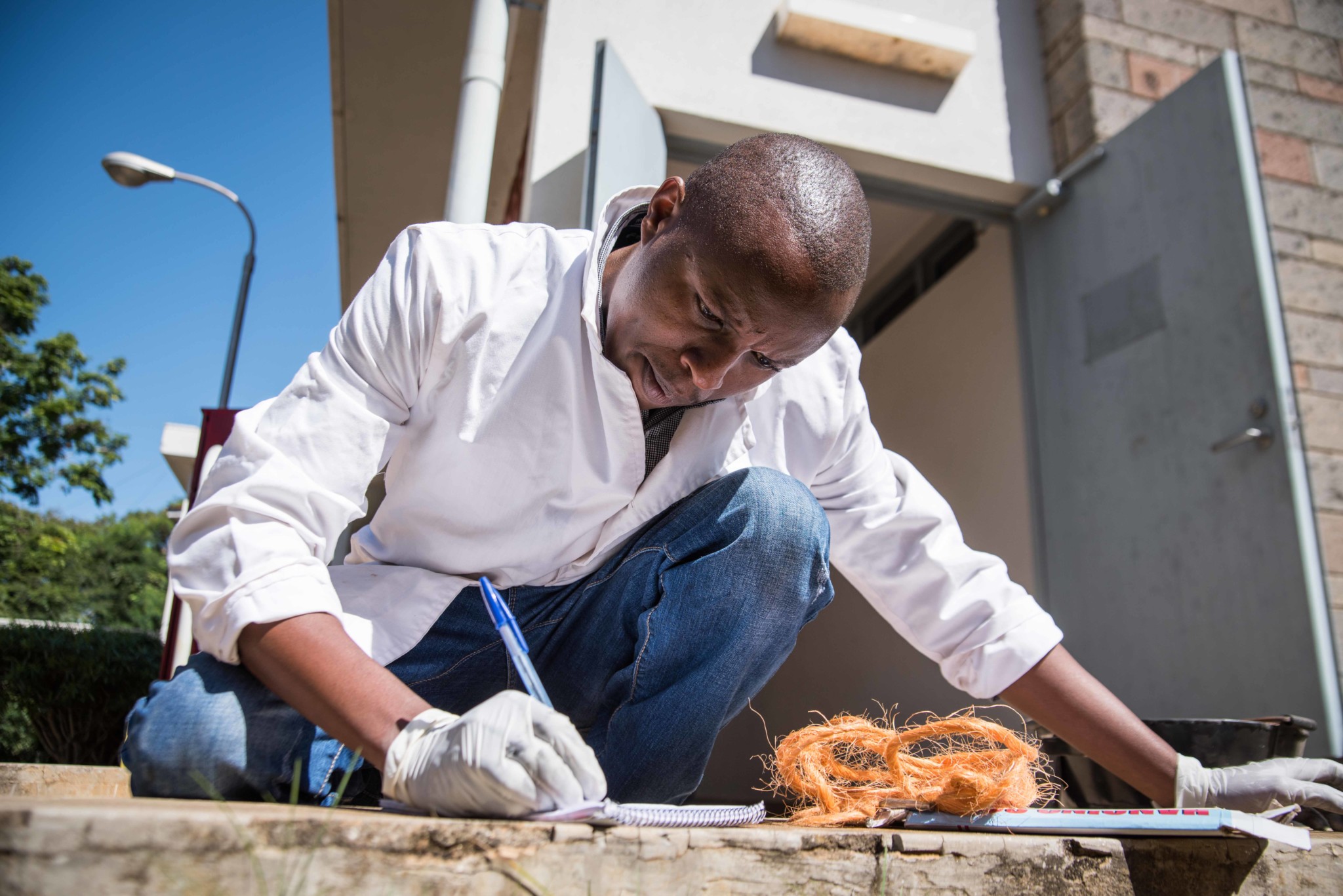
Conserving charcoal is important to ordinary citizens for whom the cost of cooking fuel is a major part of the household budget. KEFRI’s scientists document how fast each charcoal type burns while weighing to determine how much was burned in a given period of time. A charcoal that burns inefficiently won’t gain acceptance with end users who often snuff charcoal after breakfast and re-light it to cook dinner.
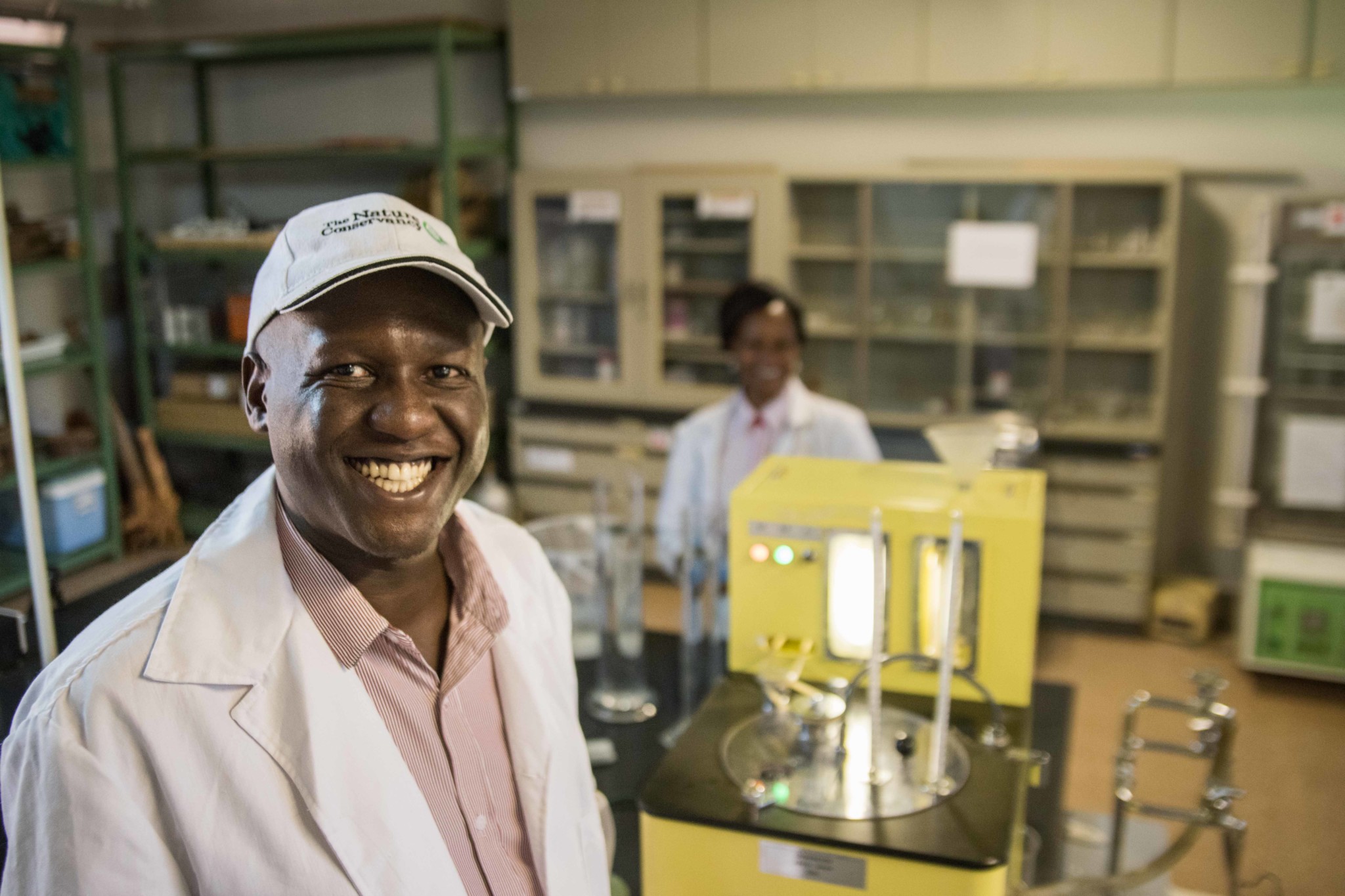
Analysis of the data will show which tree species and kiln combination creates the most efficient and least polluting charcoal. The hope is that the best tree species can be more widely grown and the best kiln can be more widely used. As TNC partners with scientists at KEFRI, we move closer to solutions to the charcoal challenge that are grounded in innovation, science, and collaboration – and can be used across Kenya and beyond.